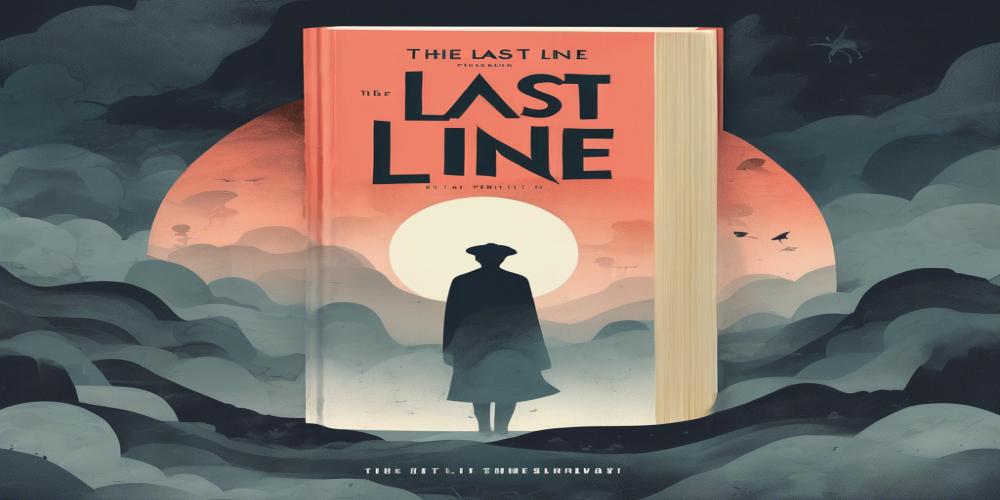The Last Line First: A Narrative Technique in Storytelling
The Last Line First: A Narrative Technique in Storytelling
The art of storytelling has evolved through centuries, giving rise to numerous techniques that enhance narrative depth and engagement. One such technique that stands out is “The Last Line First.” This method involves revealing the ending of a story at the beginning, creating a unique perspective that invites readers to explore the journey leading to that conclusion.
Understanding the Technique
In traditional storytelling, the focus is often on the buildup to the climax and resolution, keeping the ending a closely guarded secret. However, by starting with the climax or final line, authors can engage the reader’s curiosity from the outset. This approach not only creates intrigue but also allows for a deeper exploration of the motivations and consequences of the characters' actions.
Benefits of Starting with the Last Line
- Creates Suspense: By revealing the ending, the anticipation of how the story arrives at that point can generate suspense, compelling readers to keep turning the pages.
- Encourages Reflection: Knowing the outcome allows readers to reflect on the characters' decisions and the themes woven throughout the narrative.
- Fosters Emotional Engagement: Understanding the conclusion early can lead to a more profound emotional connection as readers become invested in the characters' journeys.
Examples in Literature
Several authors have effectively employed this technique to great effect. For instance, in “The Girl with the Dragon Tattoo” by Stieg Larsson, readers are drawn in from the very first pages knowing the dark implications that await the characters.
Similarly, the film “The Prestige” reveals critical twists right from the start, making the audience reevaluate everything they witness as they learn how the story unfolds.
Conclusion
The Last Line First isn't just a gimmick; it is a powerful storytelling strategy that can add layers of meaning and anticipation to a narrative. By flipping the conventional story structure on its head, authors can create a compelling narrative that emphasizes the journey over the destination. So, the next time you pen a story or delve into one, consider how disclosing the ending first might enrich the reader's experience.










